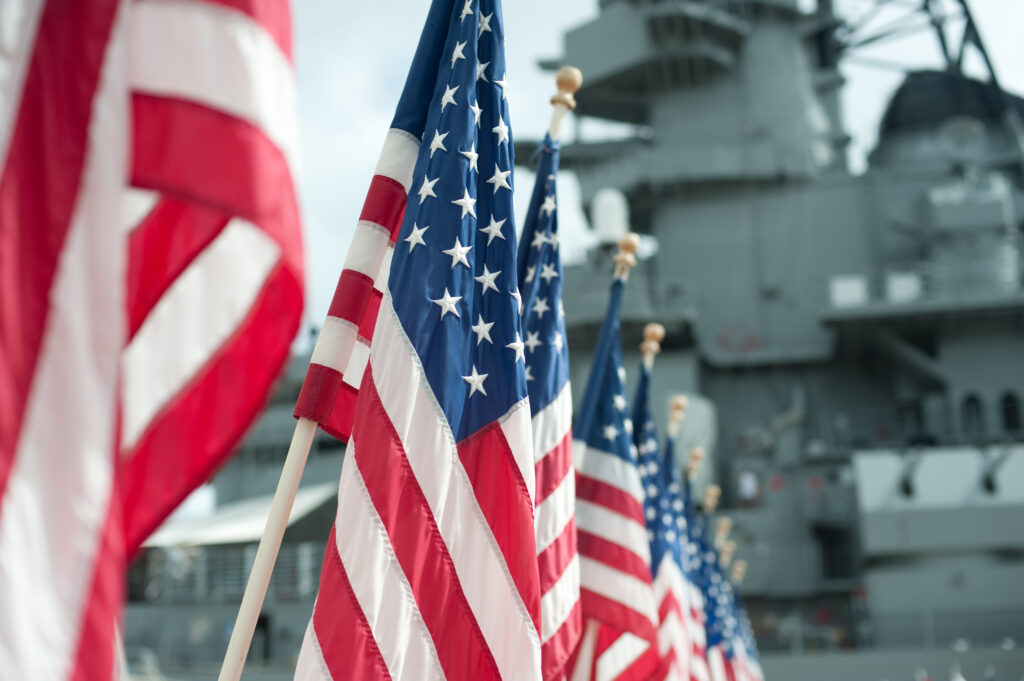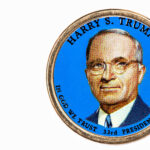The Attack on Pearl Harbor was a surprise military strike conducted by the Imperial Japanese Navy against the United States naval base at Pearl Harbor, Hawaii, on December 7, 1941. The attack led to the United States’ entry into World War II.
The strike was intended to neutralize the U.S. Pacific Fleet and prevent it from interfering with Japan’s planned military actions in Southeast Asia. The attack consisted of two waves of aircraft launched from six aircraft carriers. The first wave targeted the airfields at Pearl Harbor and nearby Hickam, Ford Island, and Ewa, while the second wave targeted the fleet moored in the harbor.
The attack was successful, and the U.S. Pacific Fleet sustained heavy losses, including eight battleships, three cruisers, three destroyers, and numerous smaller vessels and aircraft. More than 2,400 Americans were killed, and 1,000 others were injured.
The United States declared war on Japan the next day, and the attack on Pearl Harbor was a key factor in the decision to enter World War II. The U.S. military and industrial capacity, combined with the support of its allies, eventually led to Japan’s defeat and the war’s end.
References:




